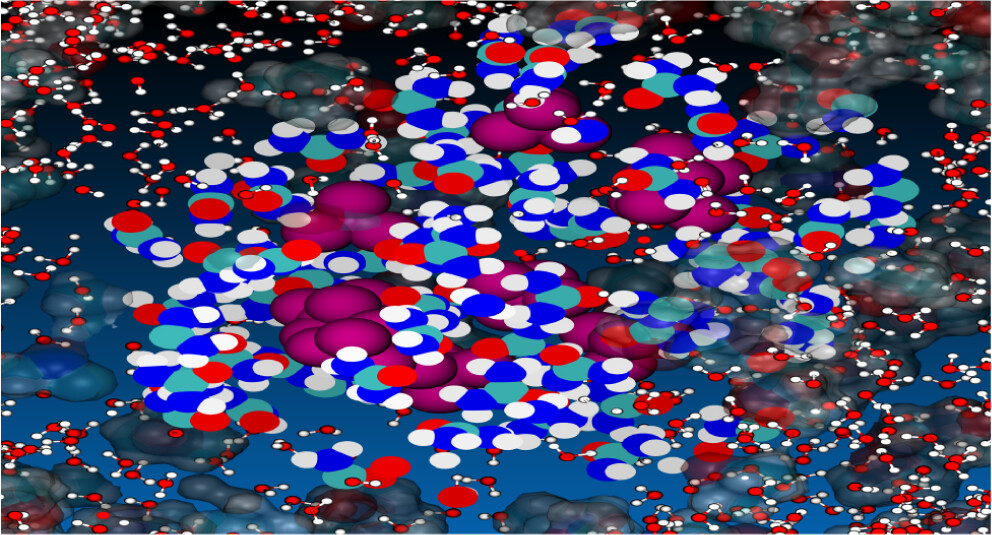The effect of cosolvents urea and trimethylamine-N-oxide (TMAO) on hydrophobic association mechanisms is investigated by employing molecular dynamics simulations and free energy calculations. Three nonpolar moieties are used to model the hydrophobic interactions: n-hexane nC6H14, neopentane C5H12, and cyclohexane cC6H12. These hydrophobic model systems are subsequently immersed in four different solvent models with varied composition: pure water, aqueous urea, aqueous TMAO, and mixed urea-TMAO ternary solution. The solute–solute potentials of mean force (PMF), solute-water, and solute-cosolvent distribution functions are reported. Both urea and TMAO are found to have only moderate effects on hydrophobic associations, thereby mainly acting as glue bridging between pairwise hydrophobic moieties holding them together. Furthermore, it is seen that TMAO mediates the formation of hydrogen bonds between its oxygen atom and water or urea while still favoring the hydrophobic contacts with the hydrophobic surface, thereby acting as a kind of amphiphile displacing water or urea from the inner solvation shell of the hydrophobic solutes investigated here to the bulk. The analyses of the enthalpic and entropic contributions to PMFs indicate that configurations at the contact minimum are both enthalpically and entropically favorable, though, with a large entropic contribution, whereas solute-separated minimum configurations are dominantly enthalpically driven, induced by stabilizing water hydrogen bonding. To provide a more factual and general perspective to the simplistic hydrophobic models, simulations are also performed on a realistic-like hydrophobic model, β2-microglobulin (β2m), a paradigmatic protein model for amyloid studies. Results show that TMAO protects the β2m folded state by its strong preferential exclusion from the close vicinity of its surface. Contrariwise, urea moieties likely accumulate at the protein surface, thereby displacing water molecules from the hydration shell to the bulk, thus promoting an unfolded state of the protein.
Download “Article” Hydrophobic_Interactions_in_Aqueous_Osmolyte.pdf – Downloaded 104 times – 4 MB
Download a copy of the manuscript

